Technology
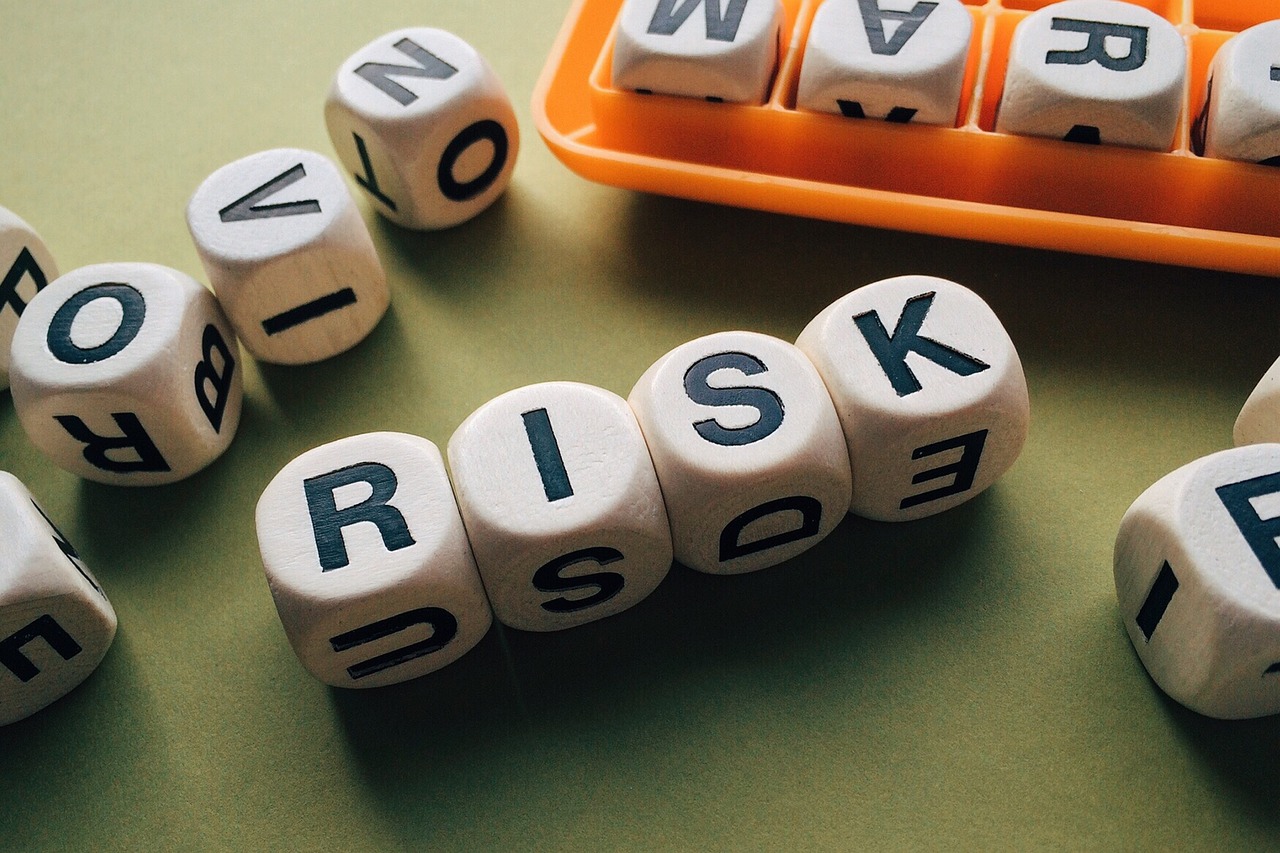
With the not too distant second half of 2024 ahead for all of us, digital acceleration and the global risks we still face have been on my mind. The world's population has now reached 8.1 billion people, all on an accelerated march towards greater connectivity and digitization. Nearly 70% of the world's population now has a unique mobile phone subscription; just over 67% of us are using the internet; and maybe not surprisingly, nearly 63% of all individuals living on earth have unique social media identities.
On average, each one of us is spending 6 hours and 34 minutes per day on the internet. Note the changes in media consumption that are taking place.
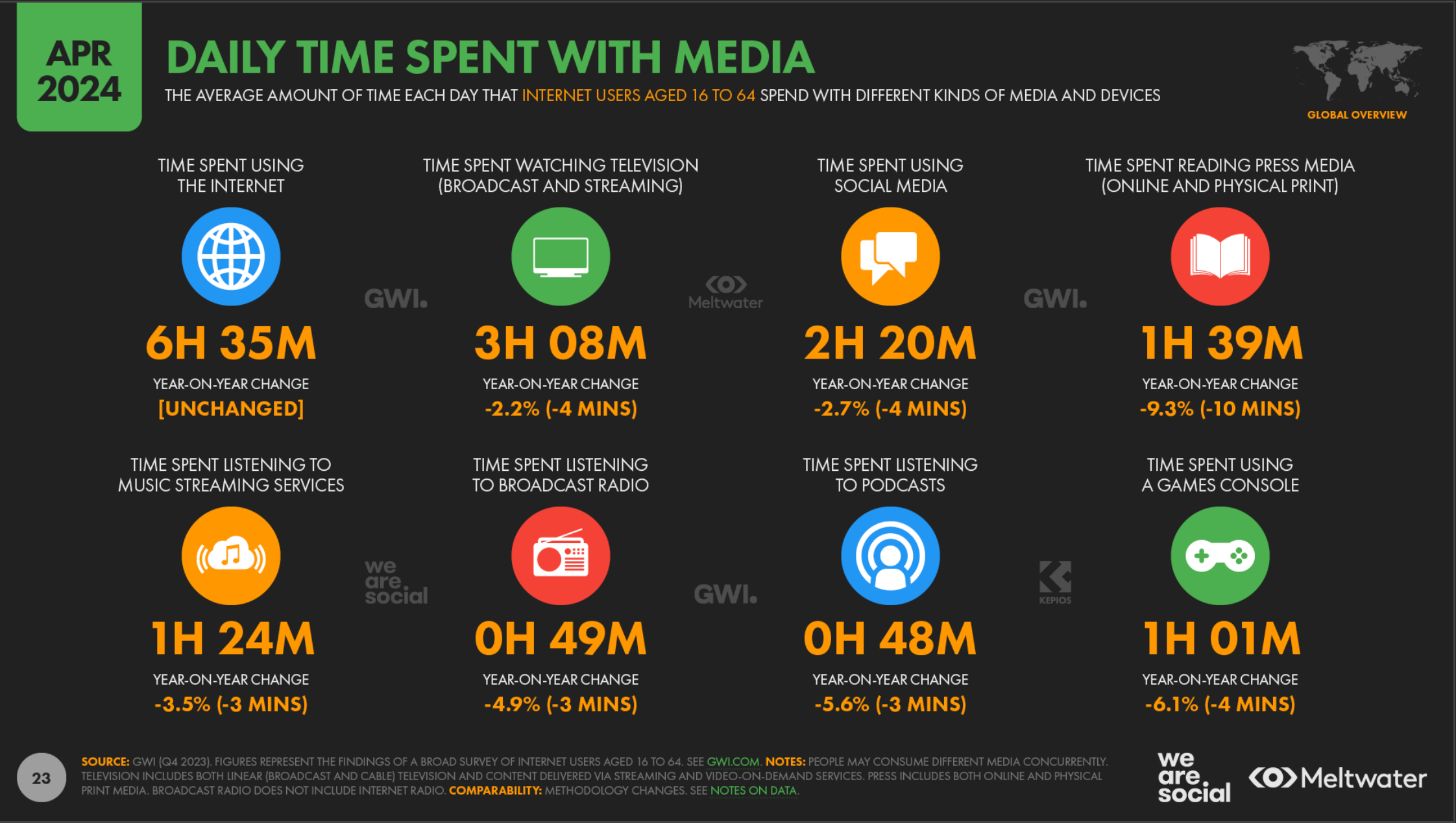
Traditional media such as television and radio continue its spiral decline. Americans are now roughly twice as likely to prefer getting their news from digital devices than television. Three-in-ten USA adults regularly get their news on Facebook with YouTube coming in second at 26%. For GenZs, one-third regularly scroll TikTok for news, up 255% since 2020.
Are these social trends driving us towards a brighter, more cooperative future?
AI is Just Getting Started
- Details

The two hottest buzz words in all industries these days seems to be ‘digital transformation’. Linking these words was actually an evolutionary process that started in the 1970s when computer-aided designs and manufacturing were first used in business. In the 1980s enterprise resource planning was added, followed by customer relationship management in the 1990s.
The objective of these solutions was to improve efficiency and productivity by digitizing manual processes. “In the late 1990s, we saw the rise of eCommerce and online banking. These activities were initially carried out offline but were later moved online as internet speeds increased. This was followed by the introduction of social media in the mid-2000s, which revolutionized how we communicate and share information.”
The pace of change is accelerating. Survival as a company requires intensive focus on increased digital connectivity with consumers and markets.
Here are some interesting statistics of the increased digitized world:
70% of organizations either have a digital transformation strategy or are currently working on one. Global spending on digital transformation is expected to reach $6.8 trillion by 2023. 87% of business leaders think that digital transformation will disrupt their industries. Digitally mature companies are 23% more profitable than their less mature peers. The success rate of digital transformation is below 30%.This article summarizes some key charts from my ‘Disruptive Future of Retail’ global keynote on the accelerated pace of innovation. It highlights major disruptions in the retail industry, general technology trends, two recent examples of online disruption, and ends with an optimistic view on how to increase the success odds of digital transformation above that 30%.
Technology Megatrends Disrupting the World
- Details
The Surprising Start and Success of Your Favorite Technologies
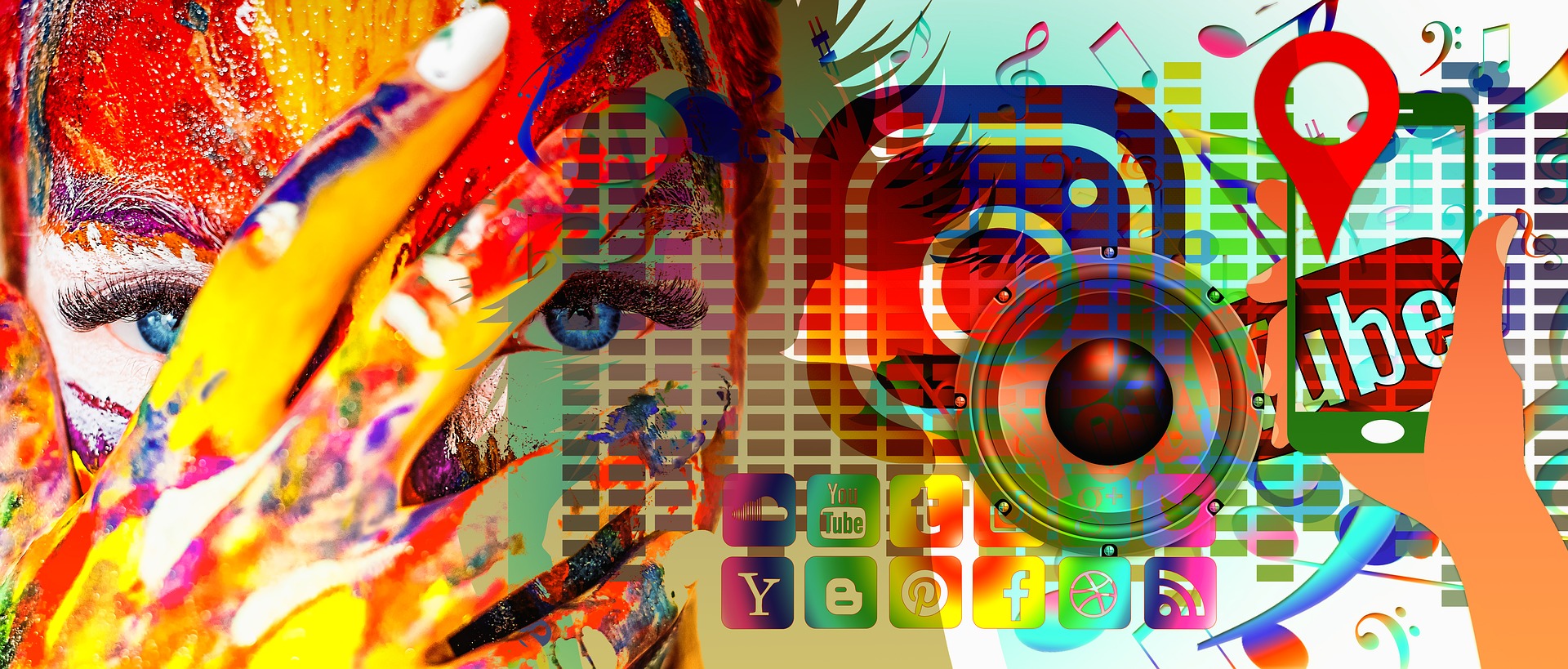
Our physical retail and digital innovation exploration journey so far:
Part 1 - We explored the humble beginnings of department stores, supermarkets, and the first use of a bar code in a physical store; Part 2 - We expanded our innovation journey to ecommerce, smartphones, and robots; Part 3 -We shifted to loss prevention technologies: cash registers, CCTV cameras, and Electronic Article Surveillance; Part 4 - Fast rising RFID, Self-checkouts, and the Internet of Things (IoT) made an appearance.
In this Part 5, we geo-locate ourselves with GPS, go wireless with Wi-Fi, and become influencers on Social Media.
The First Use of GPS
The Global Positioning System (GPS), as you might have guessed, has their origin in space, the final frontier. In 1957, Russia launched Sputnik, the first successful space satellite. Scientists at the Applied Physics Laboratory (APL) at John Hopkins University observing the strange radio signals discovered what became known as the Doppler Effect.
- Details
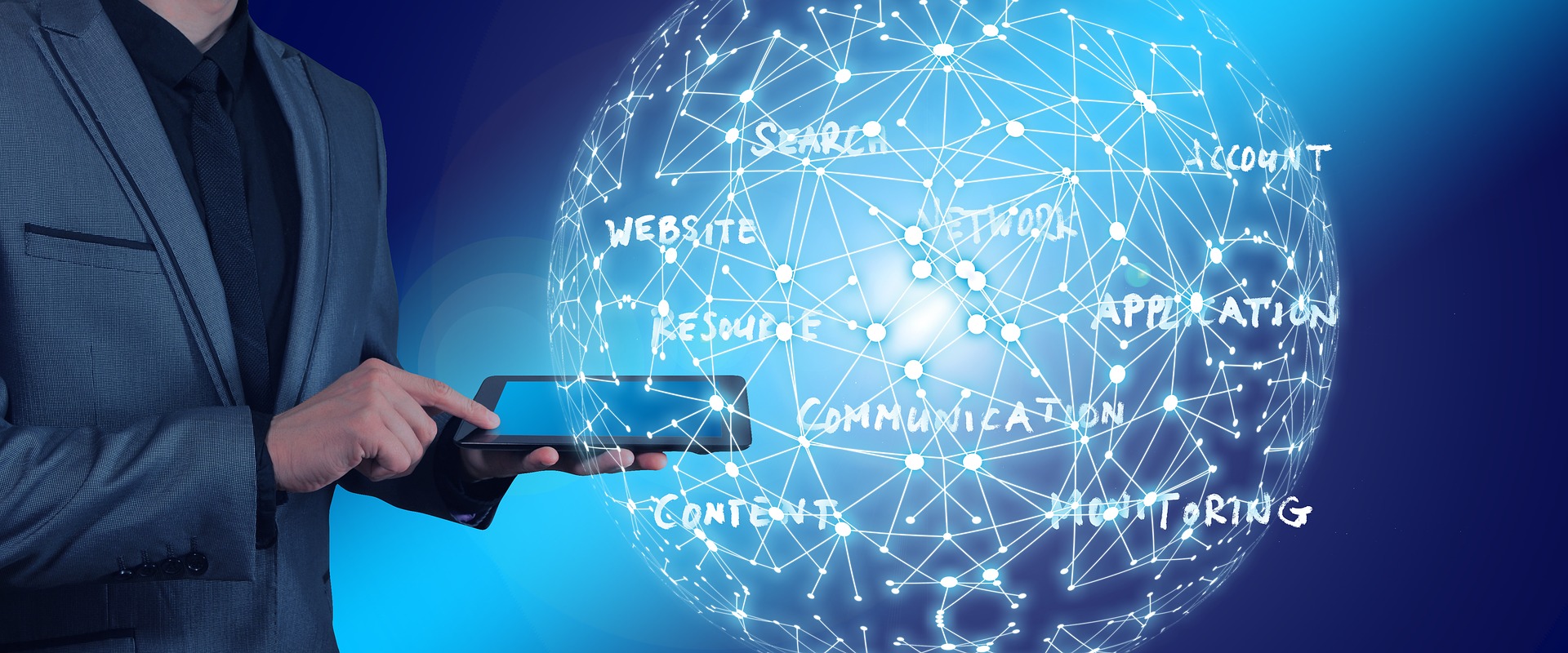
The Surprising Start and Success of your Favorite Technologies
In Part 1 of this series, we explored the humble beginnings of department stores, supermarkets, and the first use of a bar code in a physical store. In Part 2, we expanded our innovation journey to ecommerce, smartphones, and robots. In Part 3, we shifted to loss prevention technologies some of which have become powerful workhorses in store operations: cash registers, CCTV cameras, and Electronic Article Surveillance (EAS).
In this Part 4, we provide some definite answers on the start and adoption rates of RFID, we seek more contactless answers with self-checkout, and we travel on the Internet and discover more things.
First Use of RFID
The consensus is that the roots of radio frequency identification can be traced back to World War 2. “The Germans, Japanese, Americans and British were all using radar—which had been discovered in 1935 by Scottish physicist Sir Robert Alexander Watson-Watt—to warn of approaching planes while they were still miles away.” The challenge was identifying the planes and whether they were friends or foe.
“The Germans discovered that if pilots rolled their planes as they returned to base, it would change the radio signal reflected back. This crude method alerted the radar crew on the ground that these were German planes and not Allied aircraft (this is, essentially, the first passive RFID system).”
- Details
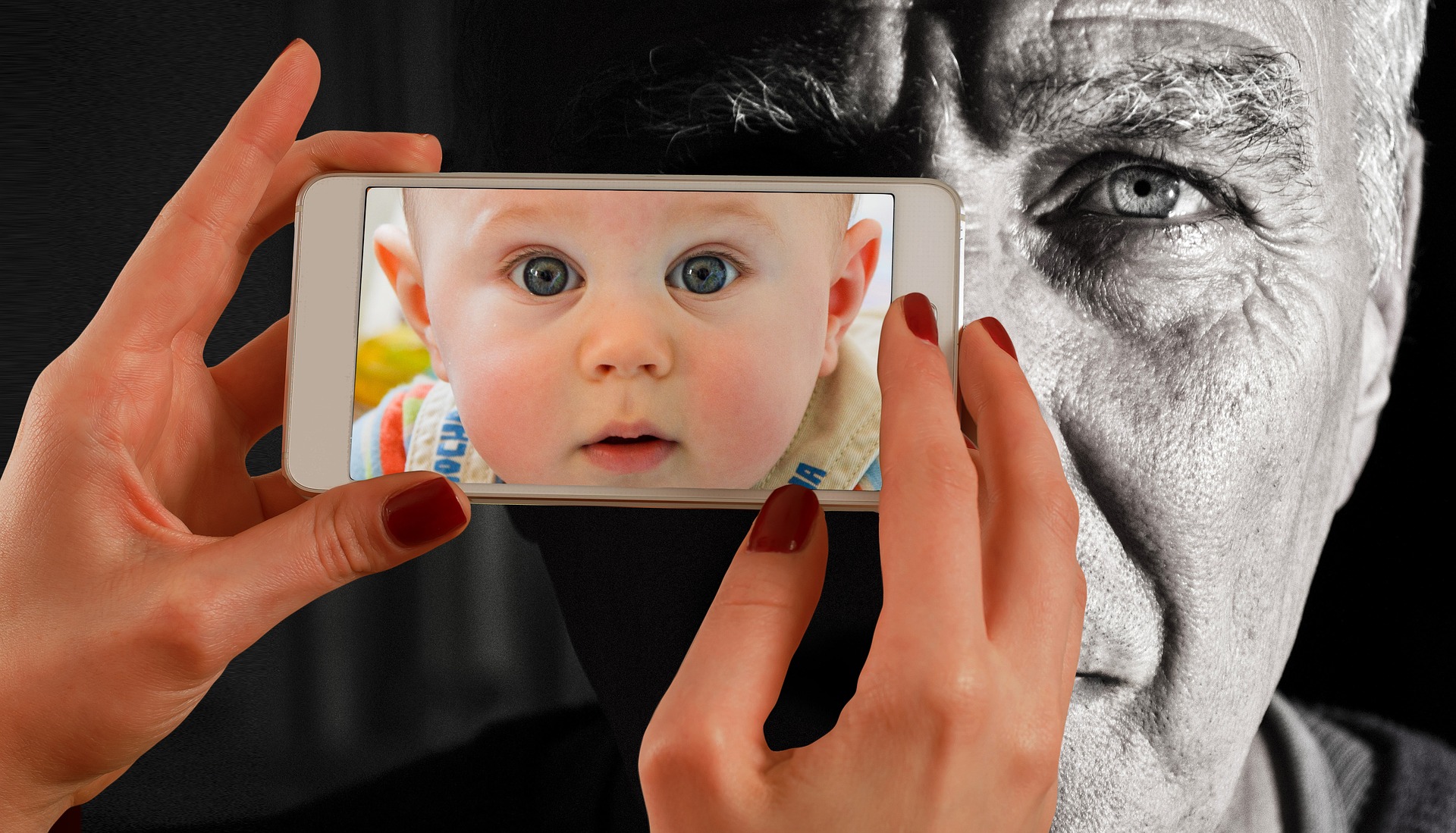
The Surprising Start and Success of Your Favorite Technologies
The COVID-19 pandemic has drastically accelerated the adoption of technology in business, enabling companies to optimize their operations and meet changing consumer expectations. In Part 1 of this article series, we discussed the origin and success of department stores, supermarkets, and the retail bar code.
Let’s continue this exploration of the past to discover the success of the future. In Part 2, we review e-commerce, smartphones, and robots. Now ubiquitous in our lives, how did they get their start and what can we expect in the future?
First Item Purchased Online
 Sometimes it seems hard to believe there was a time before online shopping. Today, we can order basically anything, from books and housewares to groceries and cleaning supplies, to be delivered right to our door in just a few days. That convenience has certainly paid off, but how exactly did we get here.
Sometimes it seems hard to believe there was a time before online shopping. Today, we can order basically anything, from books and housewares to groceries and cleaning supplies, to be delivered right to our door in just a few days. That convenience has certainly paid off, but how exactly did we get here.
As with other emerging technologies, one can debate the origin of e-commerce. Candidates include a pizza, weed, a CD, or computer parts.
- Details
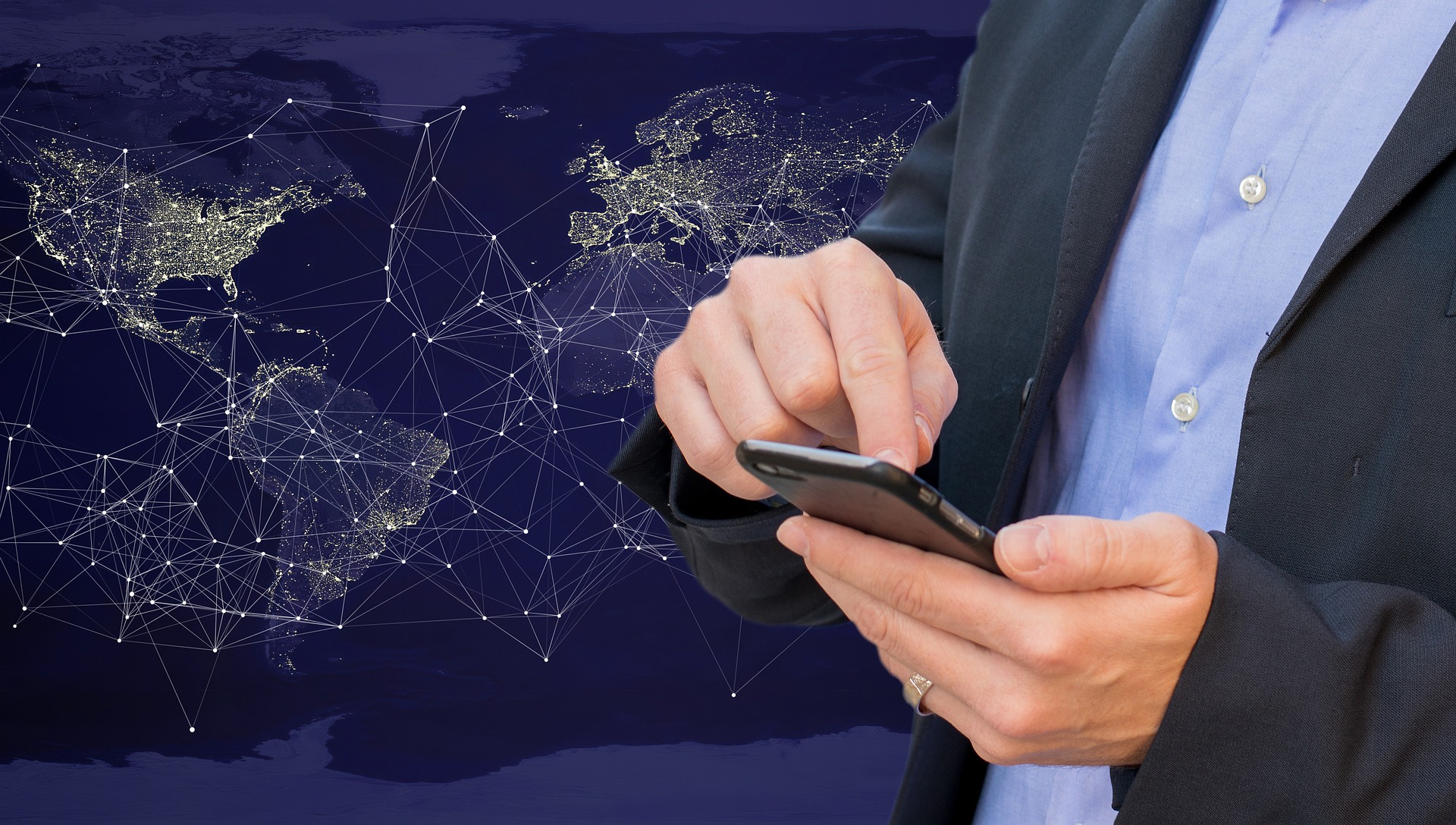
Post-World War II, technology has been the primary engine driving the retail industry's transformation through three powerful megatrends. As we approach the perfect vision year 2020, this article summarizes the state of the third and most important megatrend: mobile communications and the smartphone.
The term 'smartphone' first appeared in 1995, three years after IBM introduced Simon which was the first phone that combined a cell calling capabilities with a Personal Digital Assistant (PDA). Simon was on the market for six months and only 50,000 units were sold.
Fifteen years after Simon, in 2007, Steve Jobs introduced the iPhone by saying, "Every once in a while, a revolutionary product comes along that changes everything." Apple and all the other competitive smartphone variations are forever disrupting multiple industries including retail.
Mobile Eats the World
According to the latest GSMA Mobile Economy 2019 research, "by the end of 2018, 5.1 billion people around the world subscribed to mobile services, accounting for 67% of the global population." Over the next seven years, 710 million people will join the mobile revolution, bringing to total to 5.8 billion (71% of the global population).
- Details
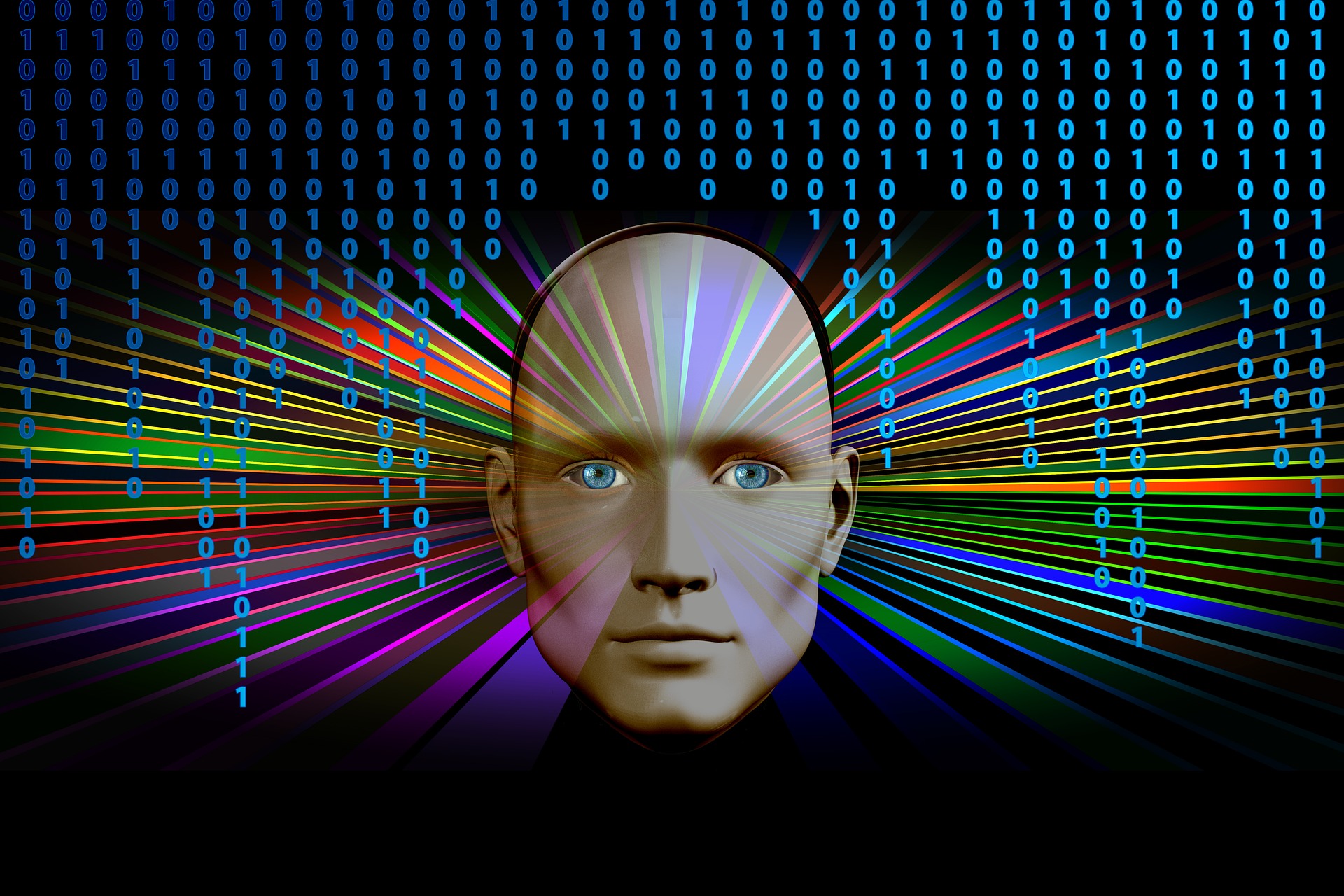
Originally published as a four-part series, this is the long-read version consolidating the latest research of the global forward march of facial recognition technologies. From Apple normalizing its acceptance, to disruption in the retail / security / healthcare industries, to the emergence of China as the FaceID innovation laboratory, and the ever-growing new global applications, we stare into your auspicious Internet of Things (IoT) future.
Your Face is The Next Computer Cookie
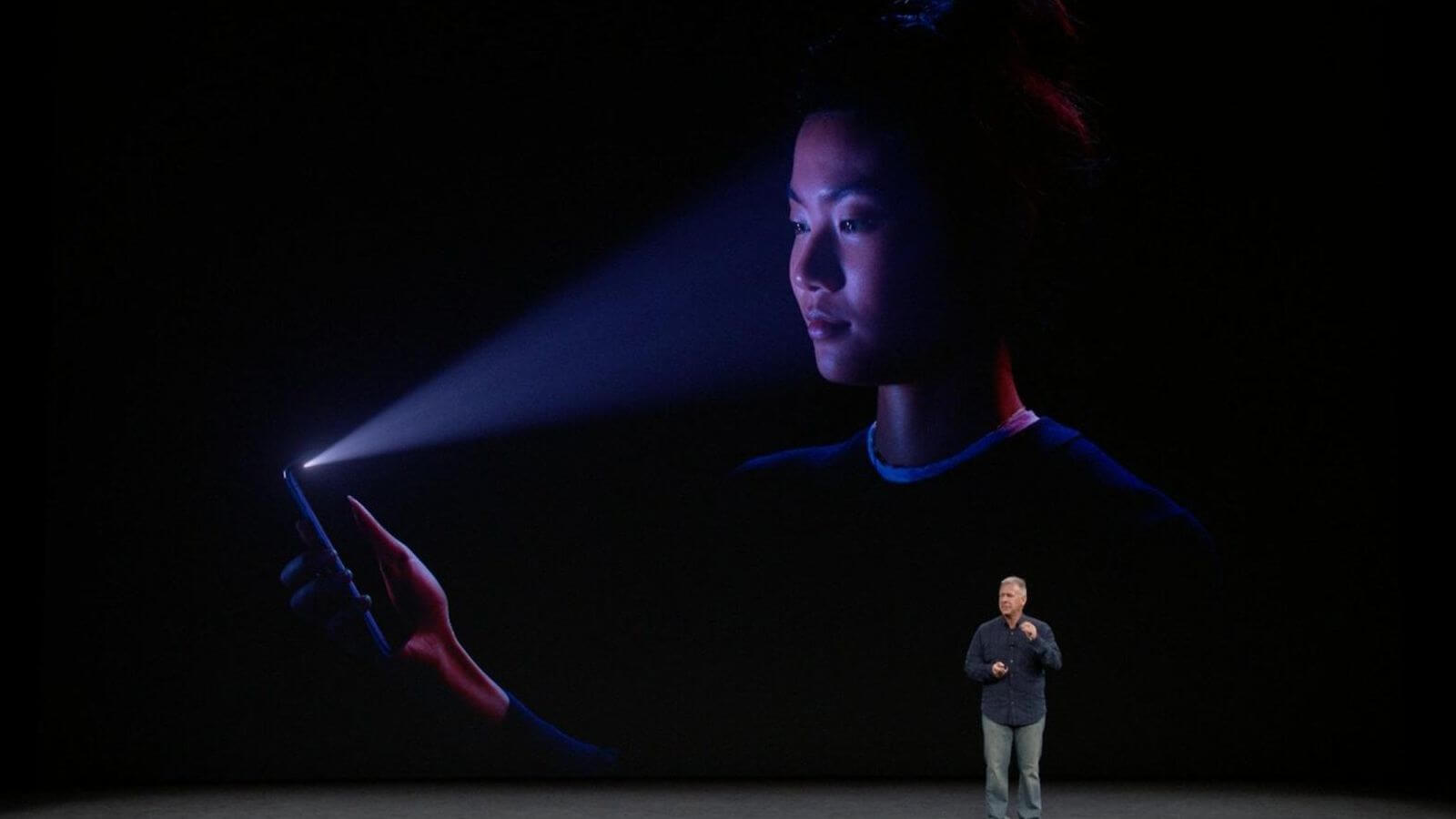
In January 2018, in a D&D Daily "Live from NY" interview, we debated the impact of iPhoneX on FaceID technologies. This new Apple iPhoneX had just placed the disruptive future of facial recognition technology in our pockets.
Less than a year later, it is surprising to observe the continued advanced deployments of FaceID solutions, especially outside the United States. For 2018, the global facial recognition market is valued at $3.97 billion and is estimated to reach $10.15 billion by 2025 at a CAGR of 14.35% during the forecast period.
Unlocking Smartphones with Your Face is Only the Beginning
- Details
The Surprising Global Forward March of Facial Recognition - Part 4

In Part 1, we introduced your face as the next computer cookie and discussed USA/UK retail applications.
In Part 2, we faced the reality that more FaceID disruptions is coming to the security industry, introduced healthcare applications, and concluded with GAFAM (Google, Apple, Facebook, Amazon, and Microsoft) investments.
In Part 3, we traveled to China, THE world's leading face recognition innovation laboratory.
In this Part 4, we look at the growing list of emerging FaceID applications, introduce defeating technologies, discuss privacy, and close the series with insights on our digitally connected future. The genie on the potential disruption and business opportunities of face recognition solutions is out of the global bottle.
The Face of an Increasingly Digital World
- Details
The Surprising Global Forward March of Facial Recognition - Part 3
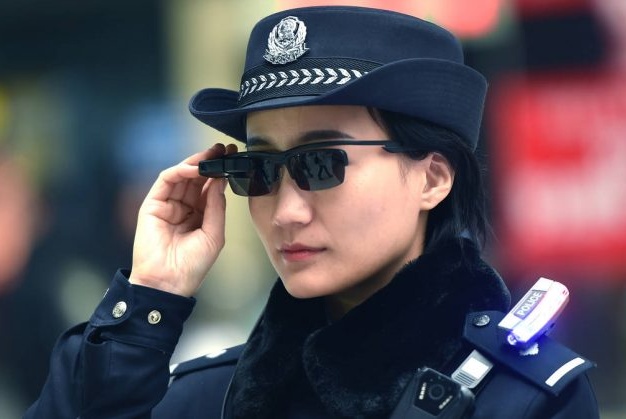
China is now THE world FaceID innovation laboratory. Country is installing over 600 million CCTV cameras, see the fining of jaywalkers through video, the pace of Asia digital retail change, and face recognition being deployed in 11,000 7-Eleven stores in Thailand.
These Cool Sunglasses Just FaceID You
- Details
The Surprising Global Forward March of Facial Recognition - Part 2
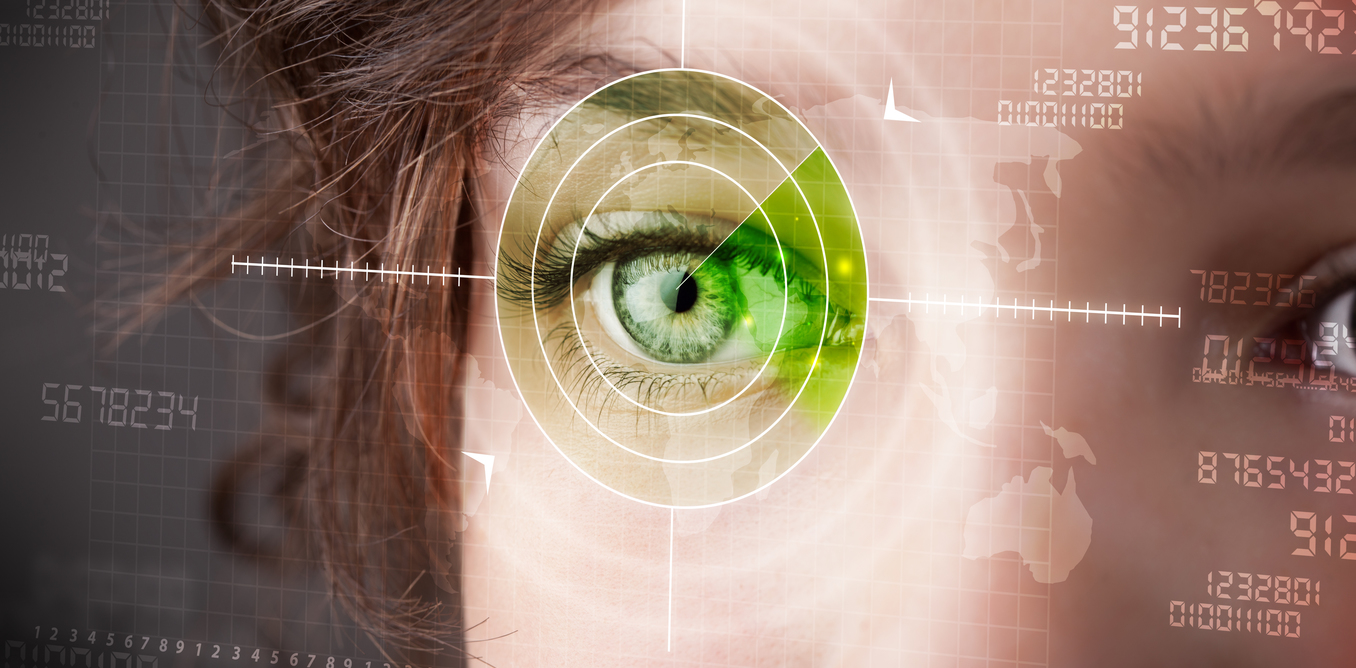
In Part 1 of this FaceID article series, we explored retail applications in USA / UK and were introduced to the face as the next computer cookie. Part 2 introduces us to GAFAM and face recognition in the security and health care industry sectors.
Security has been a primary market for face recognition for some time. Threats of terrorism and violent crime have accelerated its adoption by governments and law enforcement worldwide.
STOP, I Can Digitally See You Now
With a 25% CAGR, the security sector is leading facial recognition deployments worldwide.
From London, Tokyo, Helsinki, Rome and now to Atlanta in USA, airports worldwide are adopting FaceID solutions. Delta Airlines will soon roll out ' curb to gate' facial recognition for travelers departing out of the International Terminal F in Atlanta, the first biometric terminal in the United States. Smile for the camera at self-service check-in including baggage, through security checkpoints, and boarding your flight. Using the technology is optional and will save travelers up to nine minutes per flight.
- Details
















